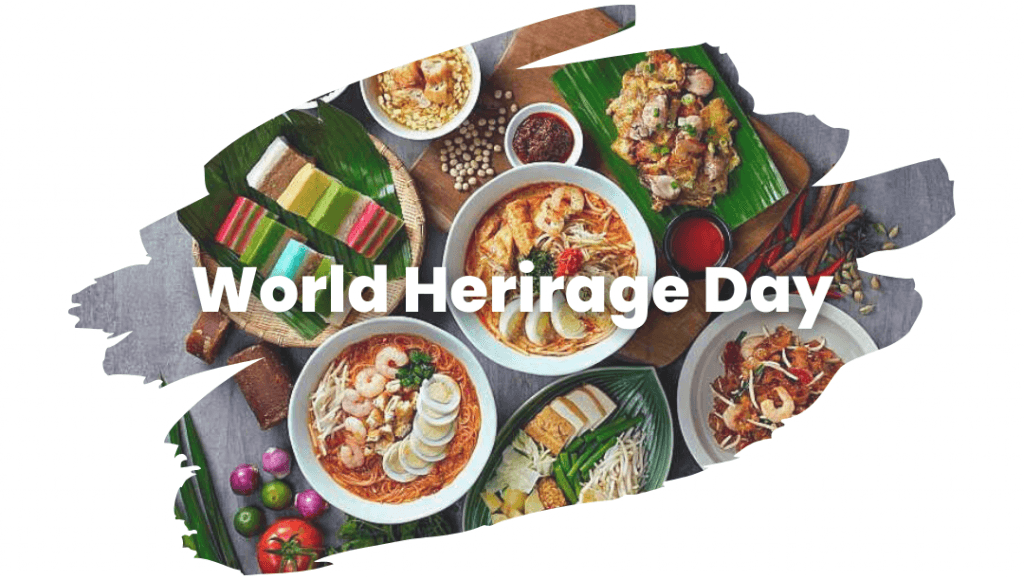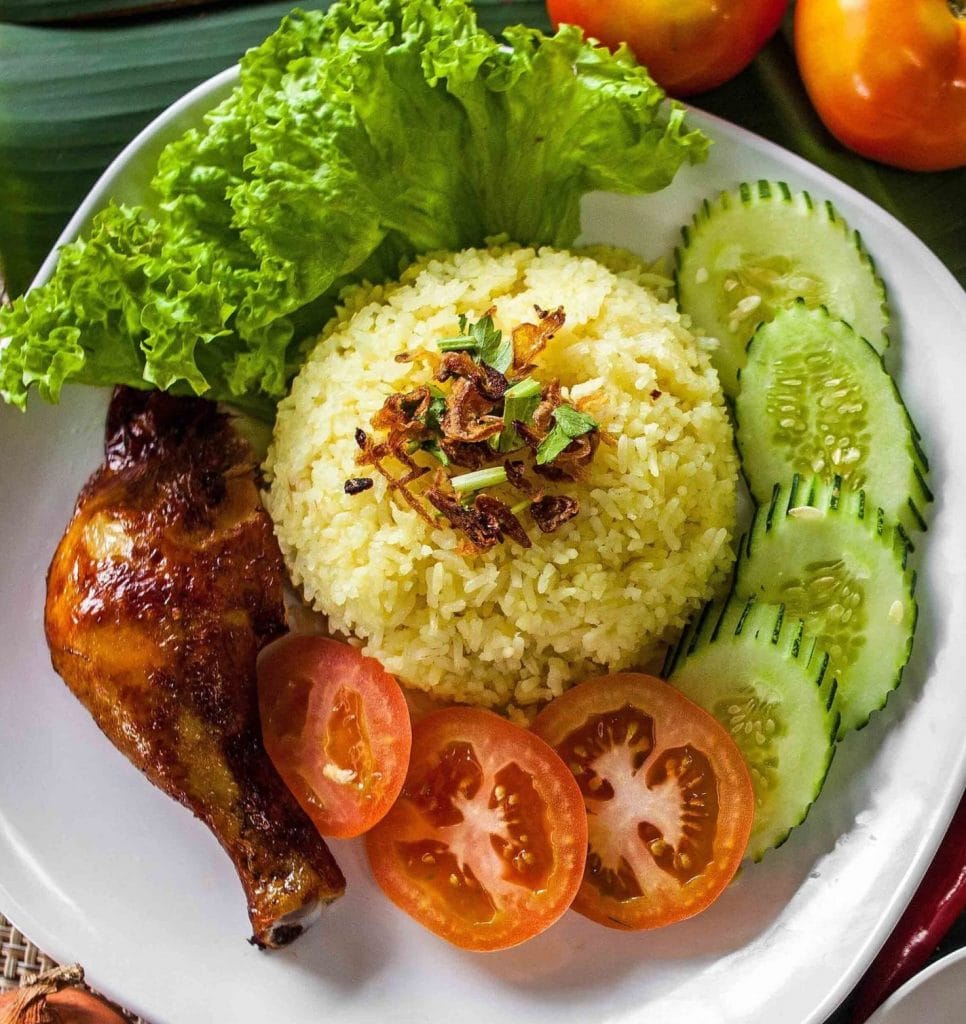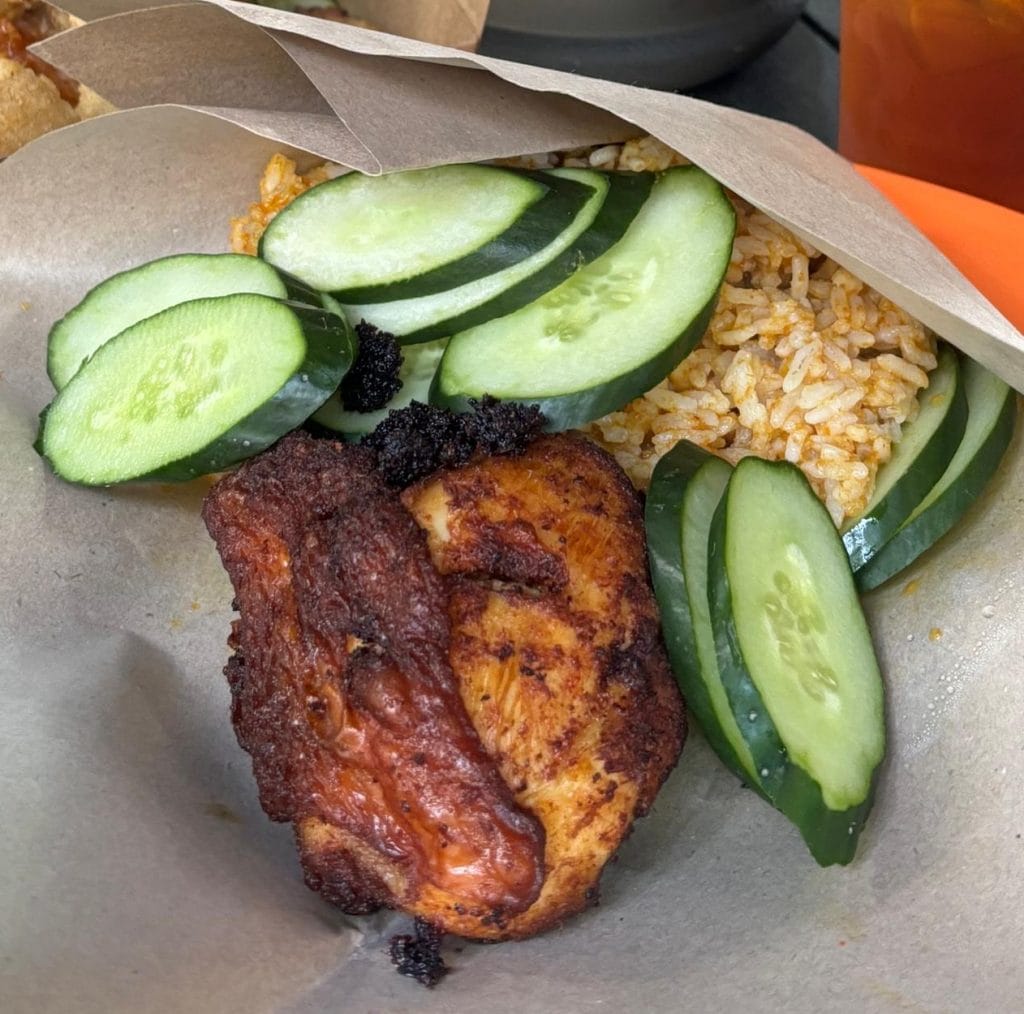
Malaysia has a rich and diverse food culture, with iconic dishes enjoyed by people of all backgrounds. Popular choices include nasi lemak with coconut rice and spicy sambal, and curry mee with noodles in a creamy coconut broth. Dishes like rendang and colourful kuih-muih show the uniqueness of Malaysian cuisine. Food is a big part of our heritage—it connects people and reflects our cultural identity.
As we celebrate World Heritage Day, it’s a good time to appreciate traditional Malaysian food. These recipes, passed down through generations, highlight our country’s mix of Malay, Chinese, Indian, and other cultures. Preserving these foods helps keep our history and identity alive for future generations.
However, many traditional foods are also high in sugar, salt, and fat. Drinks like teh tarik and kopi ais often contain a lot of sugar. Meals like nasi lemak with fried chicken, char kuey teow, and roti canai with curry can be high in oil, salt, and refined carbs. Food prepared outside the home may also include MSG, artificial seasonings, and flavour enhancers, with large portions of rice or noodles. This kind of eating habit can lead to weight gain, diabetes, and heart disease.
Healthier Twists on Malaysian Delights with the concept of “CHOP – IT”
To preserve the rich flavours of traditional Malaysian cuisine while promoting a healthier lifestyle, the “CHOP-IT” approach offers simple yet effective modifications. These adjustments allow us to enjoy our favourite dishes without compromising taste, ensuring a balance between cultural heritage and well-being.

Control carbohydrate portion
Follow the “Suku-suku separuh” guideline when planning your meals: fill ¼ of your plate with whole grains such as brown rice, wholemeal bread, or chapati, ¼ with protein like fish, chicken, or legumes, and ½ with vegetables. For example, when having banana leaf rice, request half a portion of white rice, include a palm-sized portion of protein, and load up on vegetables to create a more balanced and healthier meal.

Healthier Cooking Methods
Opt for steaming, baking, grilling, or air-frying instead of deep-frying to lower fat intake while preserving flavour. For example, traditional kuih can be steamed with reduced sugar and coconut milk, and fried chicken in nasi lemak can be swapped with grilled or air-fried versions. These simple changes help cut excess oil without sacrificing taste.

Opt for lean protein choices
Choose lean proteins like grilled chicken, tofu, or fish over fatty or processed meats to reduce saturated fat. For instance, nasi ayam bakar is a healthier twist on the classic fried chicken rice. And who says healthier food has to be bland? With the right herbs and spices—like turmeric, lemongrass, or ginger—you can boost flavour naturally without relying on excess oil or salt.

Portion Control for Gravy & Sauces
Gravies like curry, rendang, and kicap manis are tasty but high in fat, salt, and sugar. Stick to 1–2 tablespoons per meal to enjoy the flavour without overloading on calories and sodium.

Increase Fibre & Nutrients
Add more vegetables, fruits, and whole grains to your meals for better digestion and health. Aim for 3 servings of veggies and 2 of fruits daily. Try extra greens in nasi campur or add veggies to curry mee, and swap white rice for brown rice for more fibre.

Trim Sugar & Fat
Start by using a 50:50 mix of coconut milk and low-fat dairy in curries to reduce fat without losing flavour. Swap sweet drinks for kopi o kosong and slowly cut back on added sugar—small changes, same great taste!
Traditional Malaysian cuisine is a cherished part of our cultural identity, and with the right approach, it can be both delicious and nourishing. By making mindful adjustments, we can enjoy our favourite dishes while prioritising our well-being. Embracing these small yet impactful changes allows us to preserve the essence of our food heritage without compromising health. Let’s take a step towards a healthier future—try a nutritious twist on your favourite traditional dish today!
Tze Xuan, Dietetics Intern













